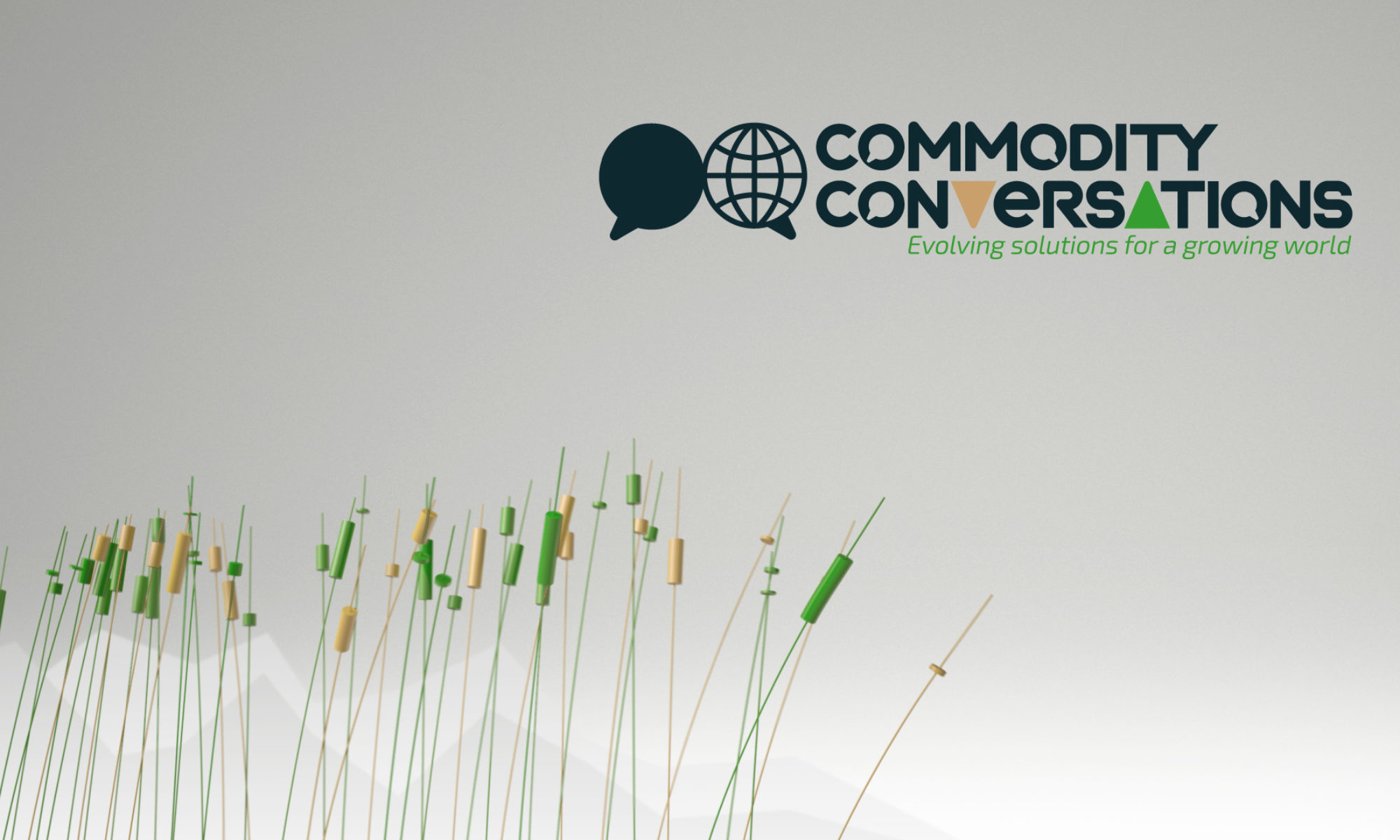Cargill lost its number one spot on Forbes’ largest private companies list, the first time in 12 years. The group’s revenues rose about 1% last year, falling behind Koch Industries. Cargill’s CEO said that 2020 was a difficult year but that the company was well-equipped to handle the crisis, as shown by the steady revenues. Danone, on the other hand, announced it would have to cut its staff by 2% globally, which should help meet a target to save EUR 1 billion (USD 1.2 billion) by 2023 in response to the coronavirus pandemic. The company will also slash its product range by close to a third. The CEO of Olam forecast that it would take until the end of 2022 for the world economic growth to return to the levels seen before the pandemic. “We’ve come down an escalator, but we’re going to go back up the stairs,” he said.
In the US, a new report argued that the food supply system had proven to be particularly vulnerable to coronavirus disruptions because of the high level of consolidation. Looking at the meat processing industry, it pointed out that the major groups were not only unable to supply enough food but also caused high levels of waste with thousands of animals that had to be put down.
The pandemic is also exacerbating land inequality, according to a report by the International Land Coalition and Oxfam. It found that 1% of farming companies manage 70% of the world’s farmland and that the world’s poorest rural population only controls 3% of the world’s farmland. Similarly, the pandemic is having a disproportionate effect on minority-owned businesses. In the US, the National Bureau of Economic Research found that close to half of Black-owned businesses closed down as of May due to the coronavirus. In an attempt to counteract this trend, the Coca-Cola Company announced that it would be doubling its spending on Black-owned businesses to reach USD 500 million within the next five years.
Looking forward, Cargill announced it was investing in and getting involved with Seventure Partners’ Health for Life Capital II fund. The fund, whose other investors include the likes of Danone, targets investments in microbiome innovations. Cargill says this will help it develop ingredient solutions with health and nutrition benefits. In the same vein, Singapore’s Temasek is setting up a new platform to fast-track investments in agriculture and food, with a focus on helping startups scale up production.
An estimated USD 8.37 billion have been invested in the food technology space in 2020 so far, up from USD 7 billion in the whole of 2019, according to Finistere Ventures. Alternative proteins and ingredient refinement are some of the areas seeing an increase in investments, in part because the pandemic caused a surge in demand for premium products and plant-based meat.
Beyond Meat launched plant-based pork in China this week, a mince meat designed to be used in Asian dishes. The company is also building two production plants in the country. A Bloomberg analyst warned that the plant-based pork market was already quite crowded in China, however. Besides, he argued that the country’s vegetarianism didn’t seem to be rising and that vegetarians were more likely to stick to their current options, such as tofu, rather than the more expensive plant-based meat imitations.
KFC is applying innovation elsewhere and has started delivering meals in China using self-driving vehicles. The company hasn’t made any statements but analysts guess this is the result of a partnership between KFC’s parent company Yum Brands and Neolix. In the US, ADM and InnovaFeed have tied up to build what will be the world’s biggest insect protein processing plant. The factory will be supplied with feedstock and waste by the adjacent ADM corn facilities. They expect the market for insect protein in animal feed will be close to 1 million mt by 2027.
The US FDA announced that food manufacturers will now have to disclose the presence of sesame on labels with a cautionary warning. The House of Representatives passed a bill that would add the seed to the list of major food allergens. The 1.5 million Americans allergic to sesame will welcome the news, according to The Counter which reports that sesame derivatives can be found in all sorts of unexpected places, including a peach-flavored yogurt. There’s another good news for those who are big on spicy food. New research found that people who eat chilis are likely to live longer, even though they’re not sure why.
This summary was produced by ECRUU





